Essays

Nasir Ali Mamun
Every person has their own secret archive, where they fiercely preserve the face of their loved ones - some beaming in light, the others in darkness. Both the types compulsively attract us to them like a machine, where they look at them like a devout pilgrim. Some gaze at them with the naked eye, some start to draw, some carve stones and turn them into lively sculptures, while others capture their portraits under magical displays of light. Nasir Ali Mamun is one such magician of the light. For fifty years he has put the ray of light over people, but his camera not only pays tribute to the high and mighty, but also on the faces painted with ink. One artist always yearns to know the other's secret behind their creations of art, which similarly spurns Mamun to think. Taking a photograph in light is one thing, but deducing how an artist paints is something else. From this thought Mamun laid out blank papers in front of artists, demanding how an artist draws in a matter of moments, how they draw the borders and use colours to finish their artistic depictions.
Mamun amassed a great deal of paintings through this method for his personal gallery, from Bangladeshi artists such as Quamrul Hassan, S M Sultan and Shahabuddin Ahmed, to Indian greats such as K G Subramanyan and Jogen Chowdhury. But Mamun remains different from other collectors. I have felt that his collection contains artworks which no one else has. A headfast individual, Mamun has asked for exceptional works of art from the artists, which no other fan can claim as their collection. This is why he asked them to paint his portrait through their colours. It was like a question-answer session between an artist and a photographer, one with brushes and colours and the other with a camera. Various famous artists have sketched Mamun's face, with S M Sultan drawing him eight times and Quamrul Hassan drawing him twice. Other artists such as Kazi Abul Kasem, Aminul Islam, Abdur Razzak, Murtaza Baseer, Monirul Islam, Shahabuddin and others have devoted an artwork on his portrait as a fellow artist in their journey. 'Most of the country's artists have drawn me' - who can claim this other than Mamun! He had introduced taking portrait photographs of all them and can rightly brag about it. Mamun and I had walked, conversed and hunted artists homes together during 1970s, which I realised that no one can claim anything if are not humble inside. Soft-spoken and kind-hearted were two attributes of Mamun which helped him earn the affection of many across the world, enabling him to capture their portraits through his camera, many of which can only be shown by exhibitions.
The audience during the upcoming exhibition may wonder how he had amassed so many artworks. It can be fairly said that he did not get them by requesting or coercing the artists, but rather from the generosity and love the artists had for Mamun that he has so many exclusive artworks. Mamun's biggest destination was S M Sultan, whose most prominent emergence was the mid-1970, when we also got the opportunity of a lifetime to witness him drawing in the dilapidated and near-defunct Shilpakala Academy back then. Mamun had maintained his devotion towards Sultan till his demise. Sultan's paintings did not contain any particular features on human portraits, but rather surmised that human strength reached its zenith at physical expressions. But by drawing Mamun's portrait, he had demonstrated that how an individual can be identified beyond expressions. First drawn in 1980, Mamun has captured Sultan over fifty times. Those were later exhibited in 1987 titled 'Je Jibon Jar', where Sultan described the bonding, he shared with Mamun. As many aristocrats rule modern economy, they want to buy Sultan, Quamnil, Shafiuddin's artworks, giving birth to an intoxicating emotion when it came to art collection - as it was art that elevated their intellect and articulation. This is why many brilliant pieces of art never participated in exhibitions. When one emerges once in a while, they are auctioned at Christie's or somewhere else. Quamrul Hassan artworks will be exhibited, depicting struggle, benevolence, hate, love, lust, women emancipation and more. Only through concentrated observations can a critic deduce the themes and motifs in Quamrul's paintings. He had achieved a content life after elevating folk elements in front of the audience, both focusing on clusters and individualism. We have forgotten Kazi Abul Kasem, a contemporary of Quamnil, who came to attention in 1940s by drawing protest cartoons. He was immersed in secularism, who wanted to find immense possibilities among female sculptures. Anyone who has his collection can add a new dimension to Bangladeshi art.
We have also forgotten Shafiqul Amin, who had joined Calcultta's art school before Zainul Abedin. His wrists did not flay even in his last day. No one would be able to conceive the importance of drawing in fine arts if they did not see him in action. He drew women, as well as nature. Those who drew the Buriganga in the 1950s cannot exceed Abdur Razzak. The connection between life and fate can never be explained, but an unseen force seems to keep artists in a trance, telling them that they are in an illusion and they will keep on drawing the same portraits. Murtaja Baseer had drawn a few portraits as well, as did Abdul Baset, Monirul Islam and Mustafa Monwar. Shahabuddin drew (2007) Mamun's portrait by taking colours on his fingertips and then pressing them on a paper before painting, reestablishing why he holds an astounding ability to compose portraits. Mamun's portrait is one such example, albeit experimental as he used his fingers to mesh the colours rather than using brushes. Shahabuddin symbolises speed, like a comet, who focuses on people and whose work substantiates Mamun's exhibition. All these artworks by talented individuals could never be amassed under one roof before. It was only because of Nasir Ali Mamun's private collection that this was ever possible.






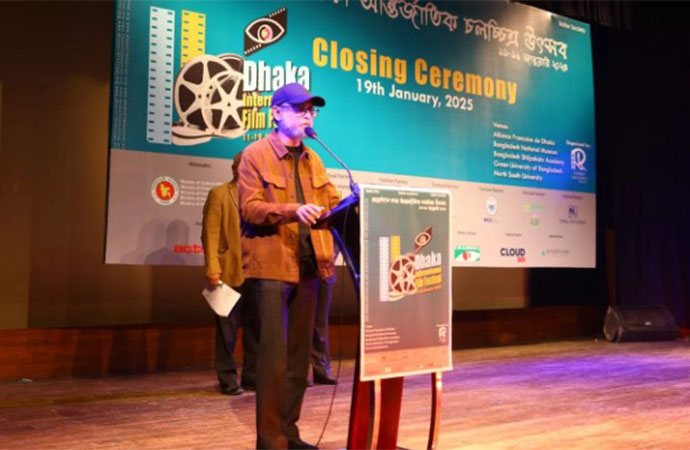
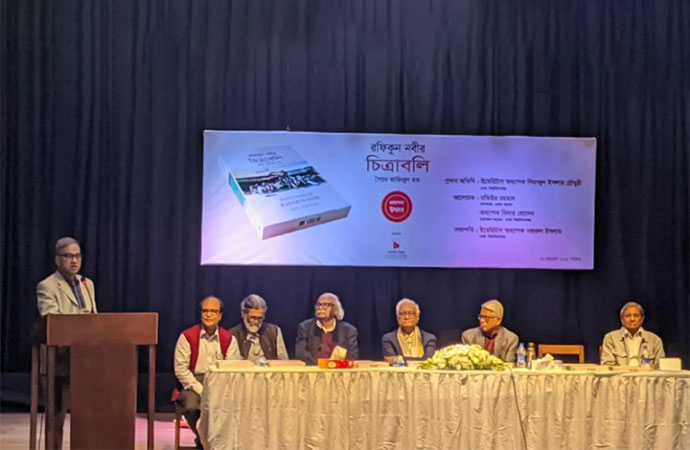
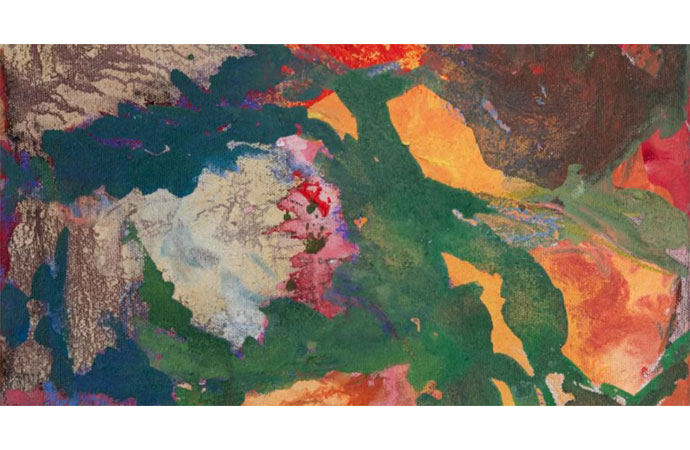

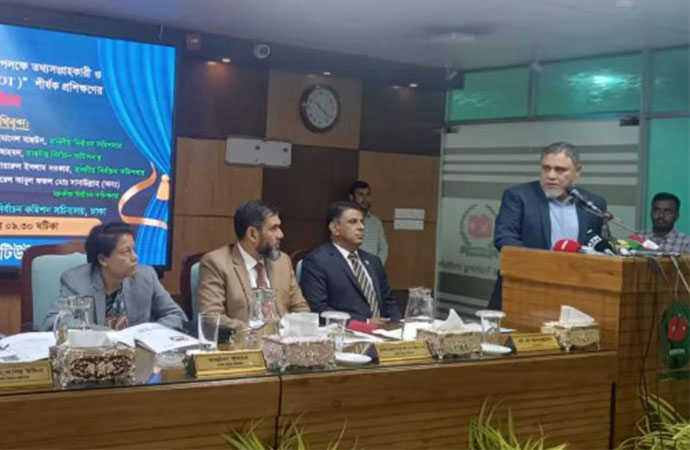
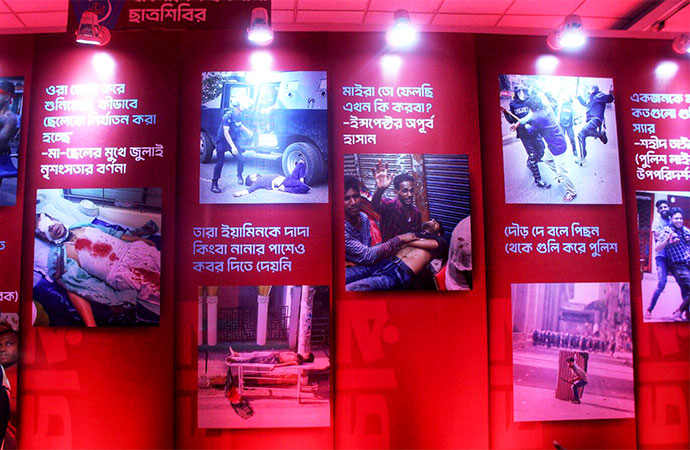







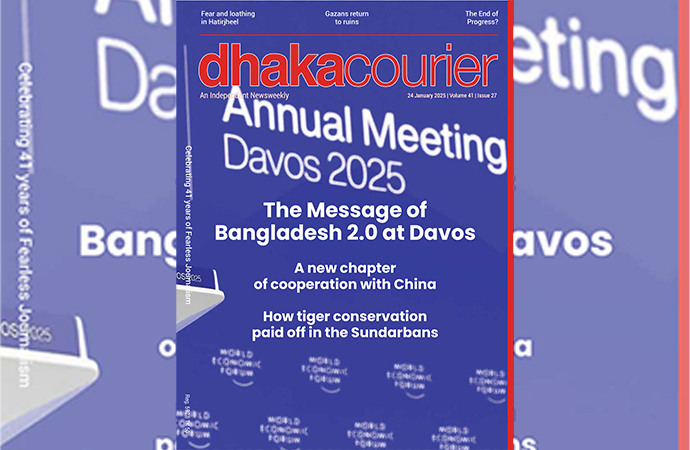
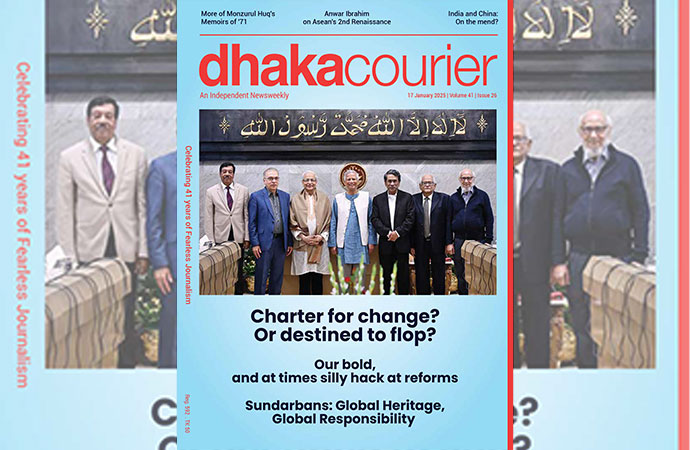
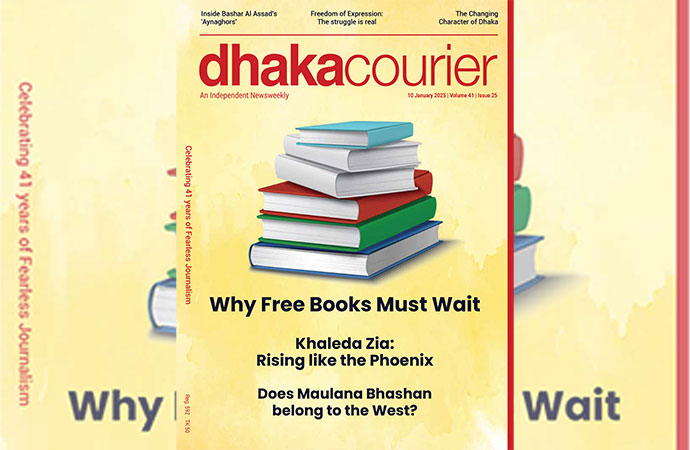
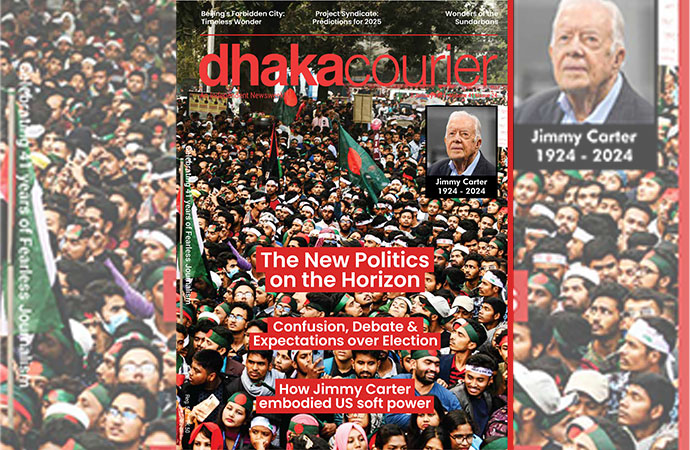


Leave a Comment
Recent Posts
Gallery Cosmos hosts special s ...
Celebrating a vibrant winter evening of cinematic art and storytelling ...
Logic of interdependence, mutu ...
Indian High Commissioner to Bangladesh Pranay Verma has said they stro ...
The most important deliverable on the IG’s plate
All 64 people aboard an American Airlines jet were k ..
Tensions between Dhaka University and its seven affi ..
Energy cooperation provides benefits for entire Sout ..